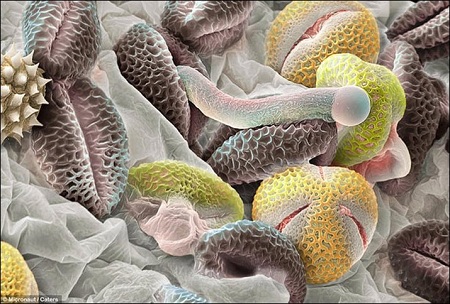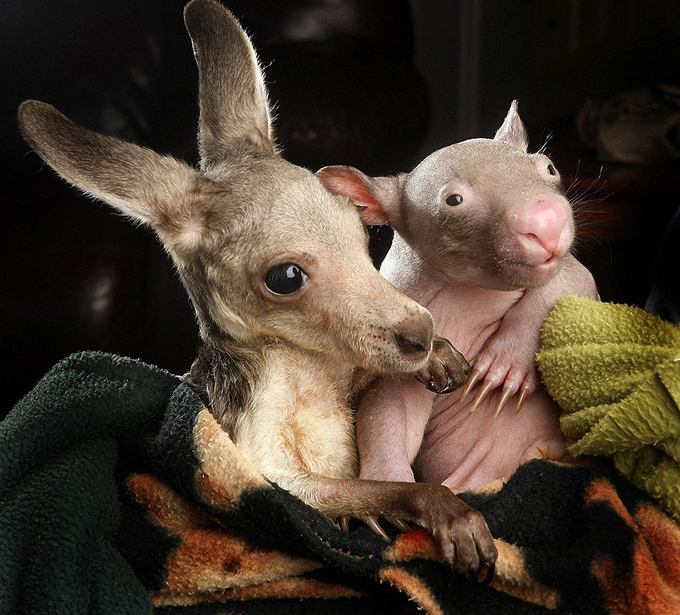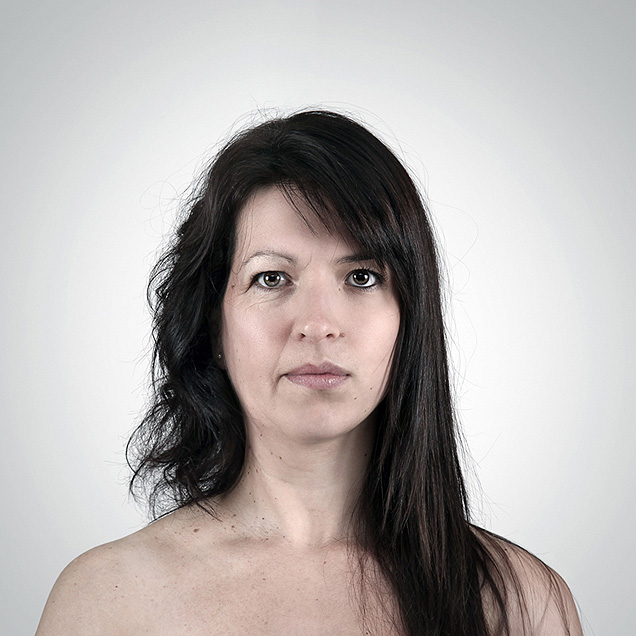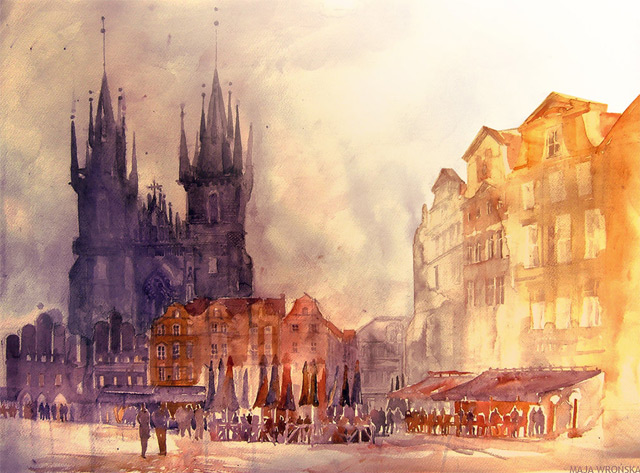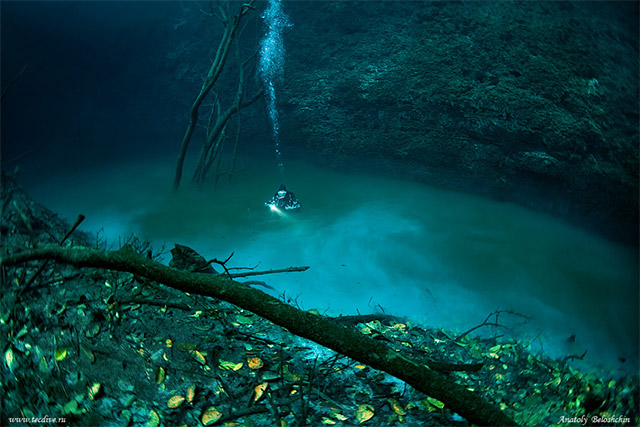
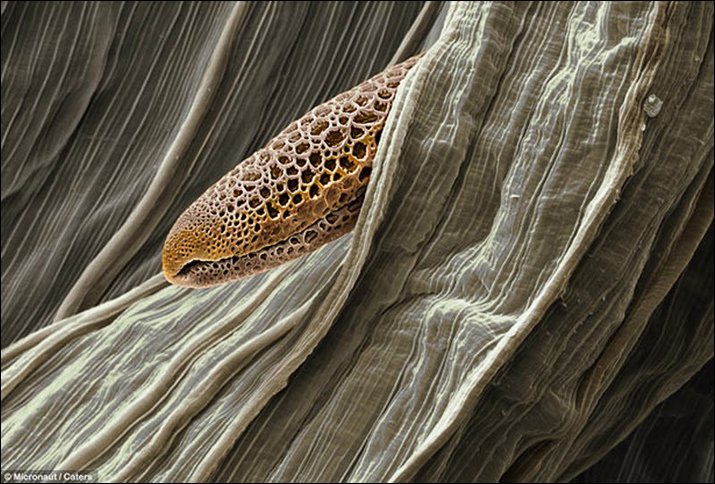
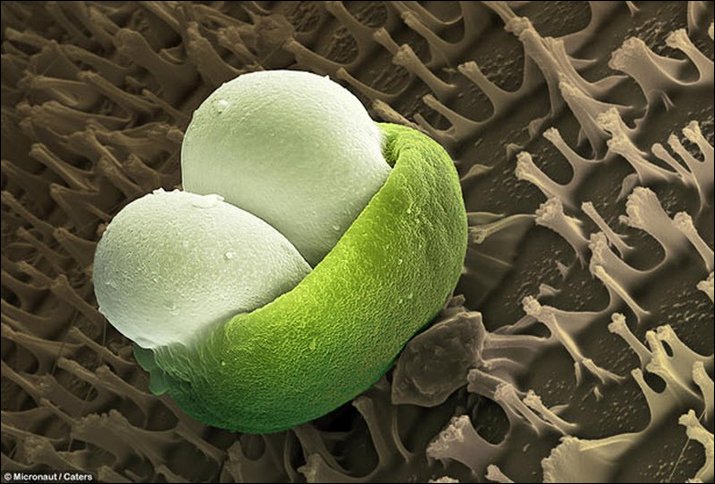
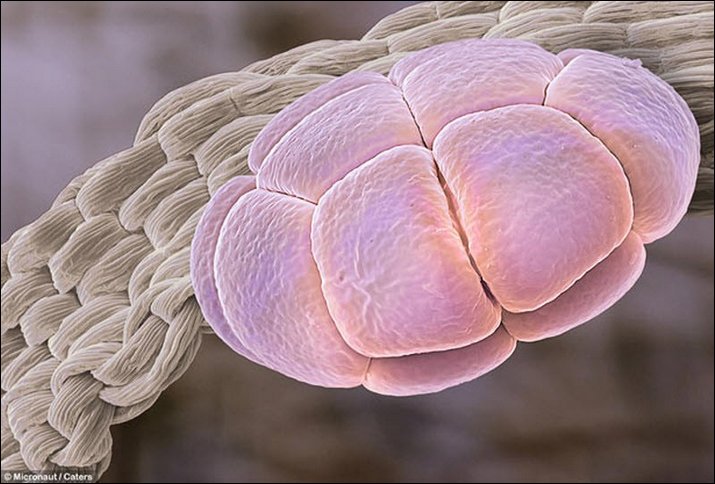
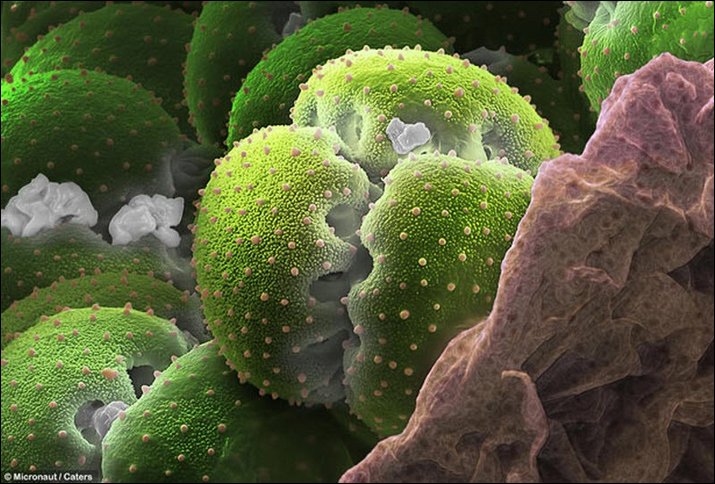
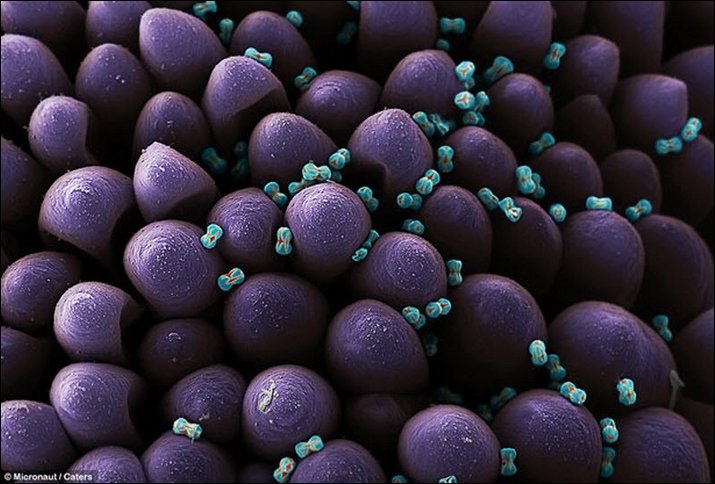
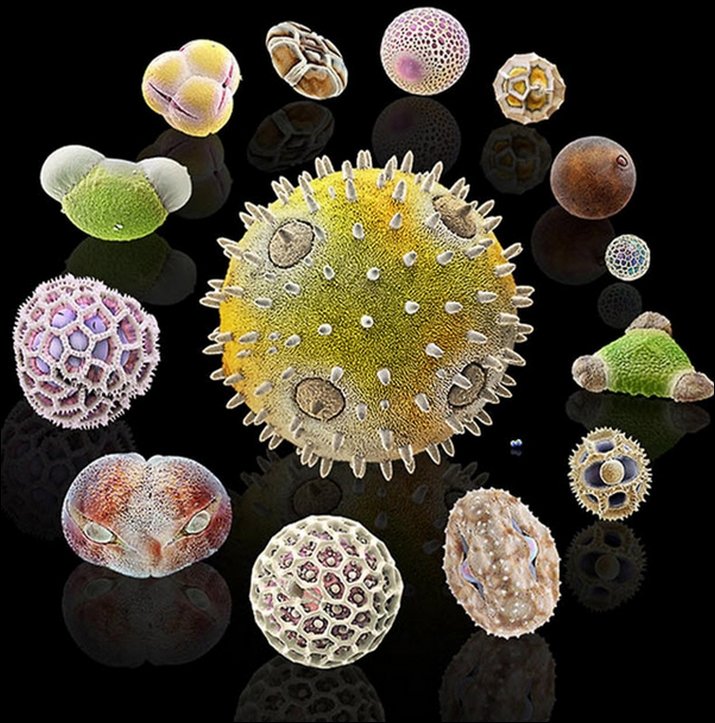

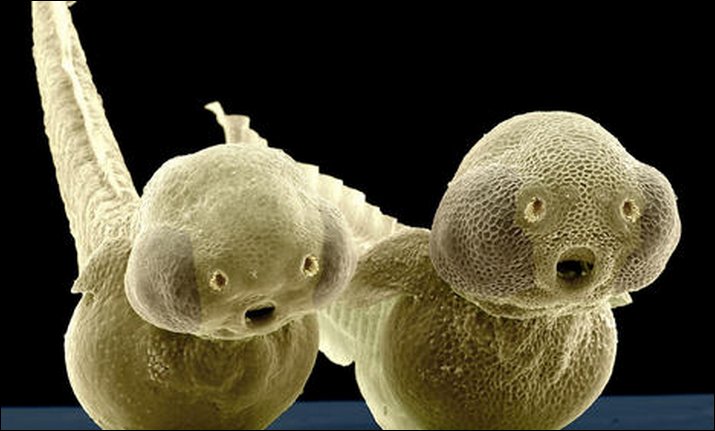
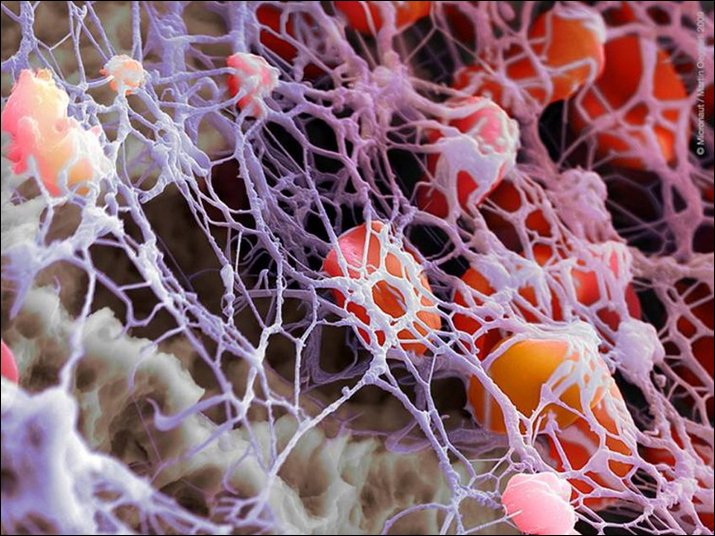
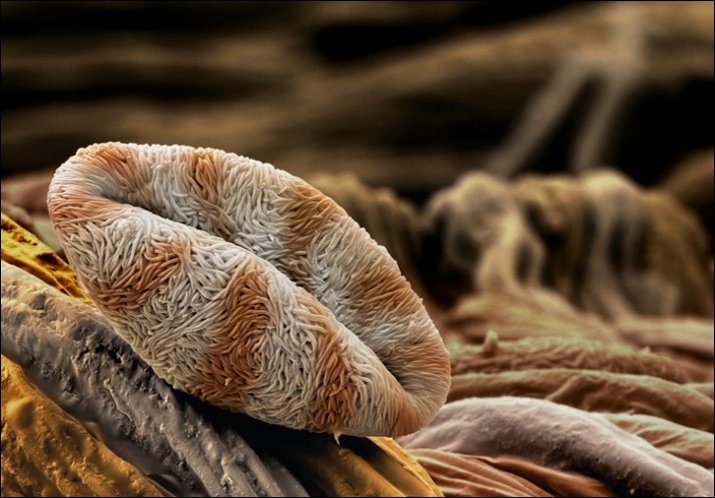
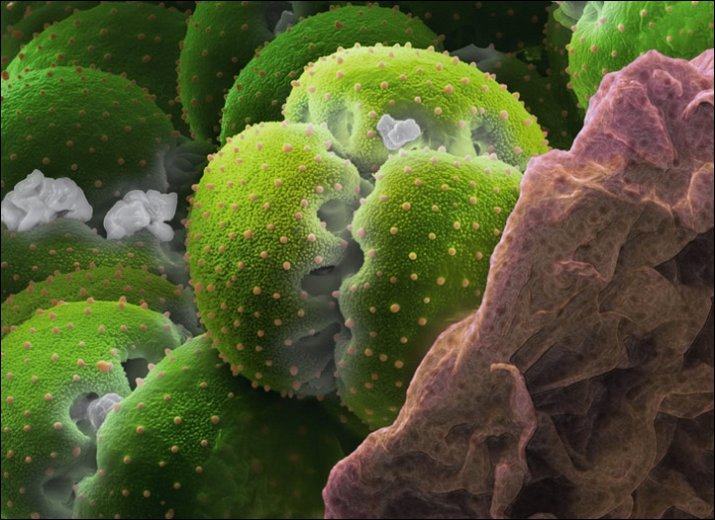

For the micronaut – the name is a fusion of micrometre and astronaut – the fascination of pollen is that they are so remote.“It’s very exciting, like being on a microsafari trip and you always see another pollen that you haven’t seen before which is maybe ever nicer than the other one,” he enthused.Pollen structures, which can clearly be seen in the images, are another source of interest. They could be helpful in developing many pollen at a time or in distribution, Oeggerli ponders, always the scientist.
The photographer, who has just won the EMBO Journal’s Best Scientific Cover Image 2010, has already completed a second project into the world of the invisible for National Geographic. This is most likely to be published in October.
“I have been working day and night colouring the equally beautiful butterfly eggs,” Oeggerli said. “It’s a great honour.”
Information and image sources: 1 2 3 4




